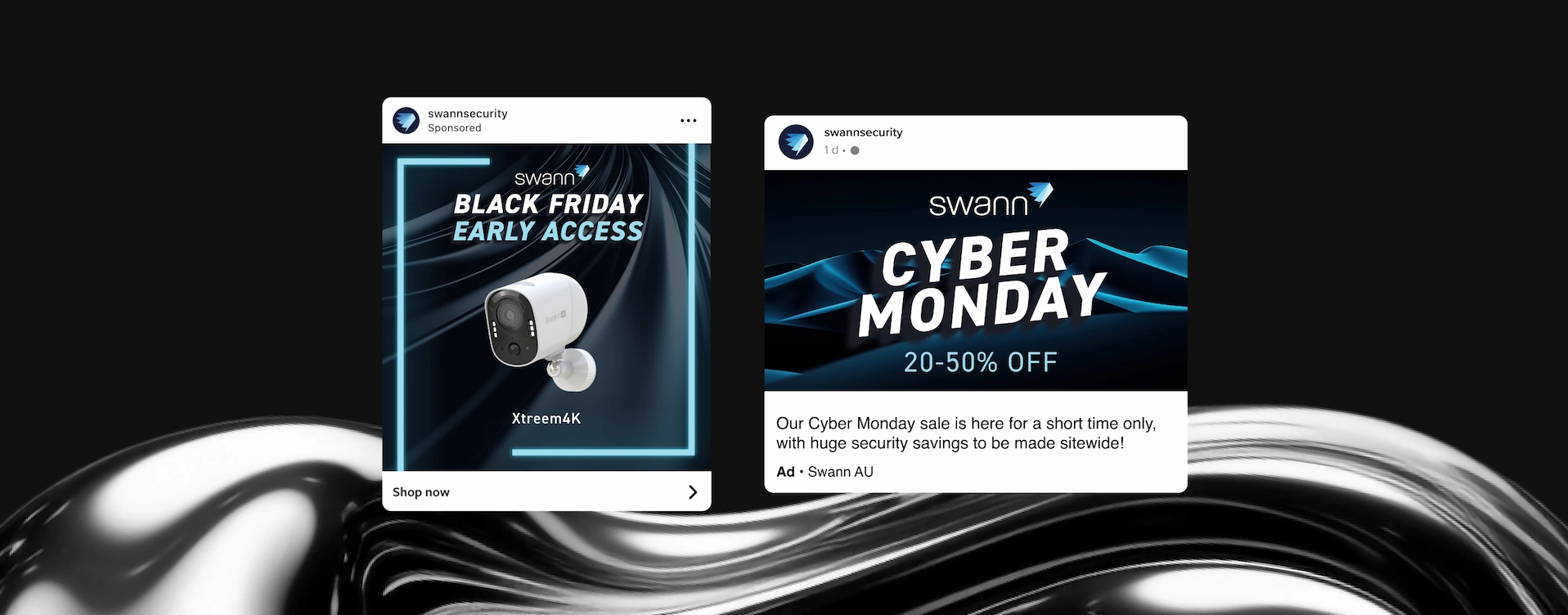Webflow 101: A designer’s perspective
By Nick Bunting
Webflow has been gaining traction over the past few years. It’s not just another website builder. It’s a platform that gives designers, marketers and smaller teams a way to build beautiful, high-performing sites without needing a full-stack developer.
In this article, I’ll explore what Webflow is, how it differs from platforms like WordPress, when and why we use it at Rock, and what to expect if you’re thinking of making the switch for your next website project.
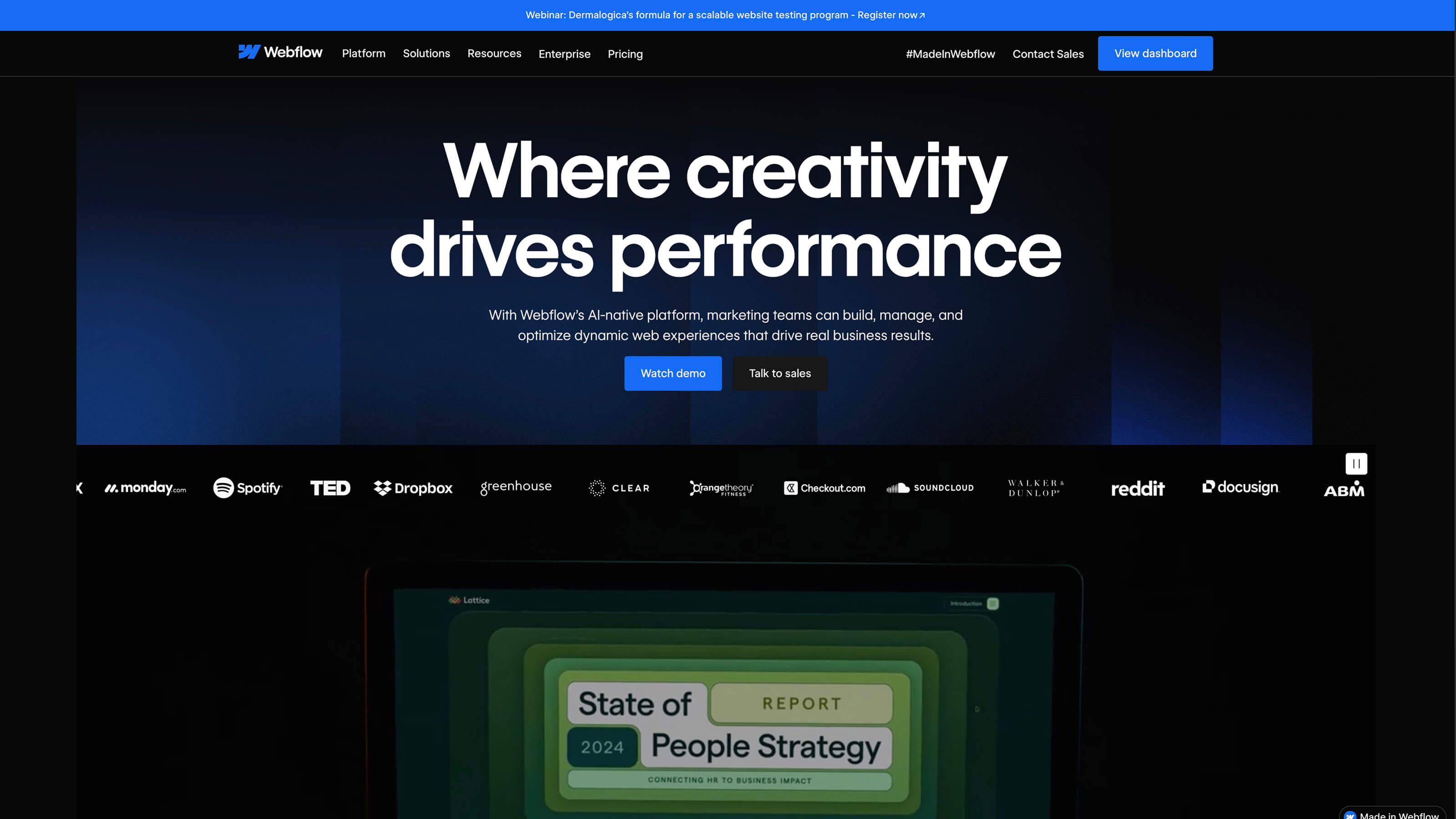
What is Webflow?
Webflow is a visual web development platform. It lets you design, build and launch responsive websites with low or no code. But that doesn’t mean it’s basic or limited. What makes Webflow powerful is that it generates clean HTML, CSS and JavaScript in the background, while you work with a fully visual interface. It’s a sophisticated development tool, designed in a different way from other platforms.
Webflow includes built-in hosting, a content management system (CMS), and the ability to add custom interactions and animations. It’s aimed at designers, marketers and businesses that want to build fast, beautiful websites and update them regularly without getting stuck in technical roadblocks. Some advanced features do require basic coding skills, but the level of complexity is far less than other popular platforms, such as WordPress.
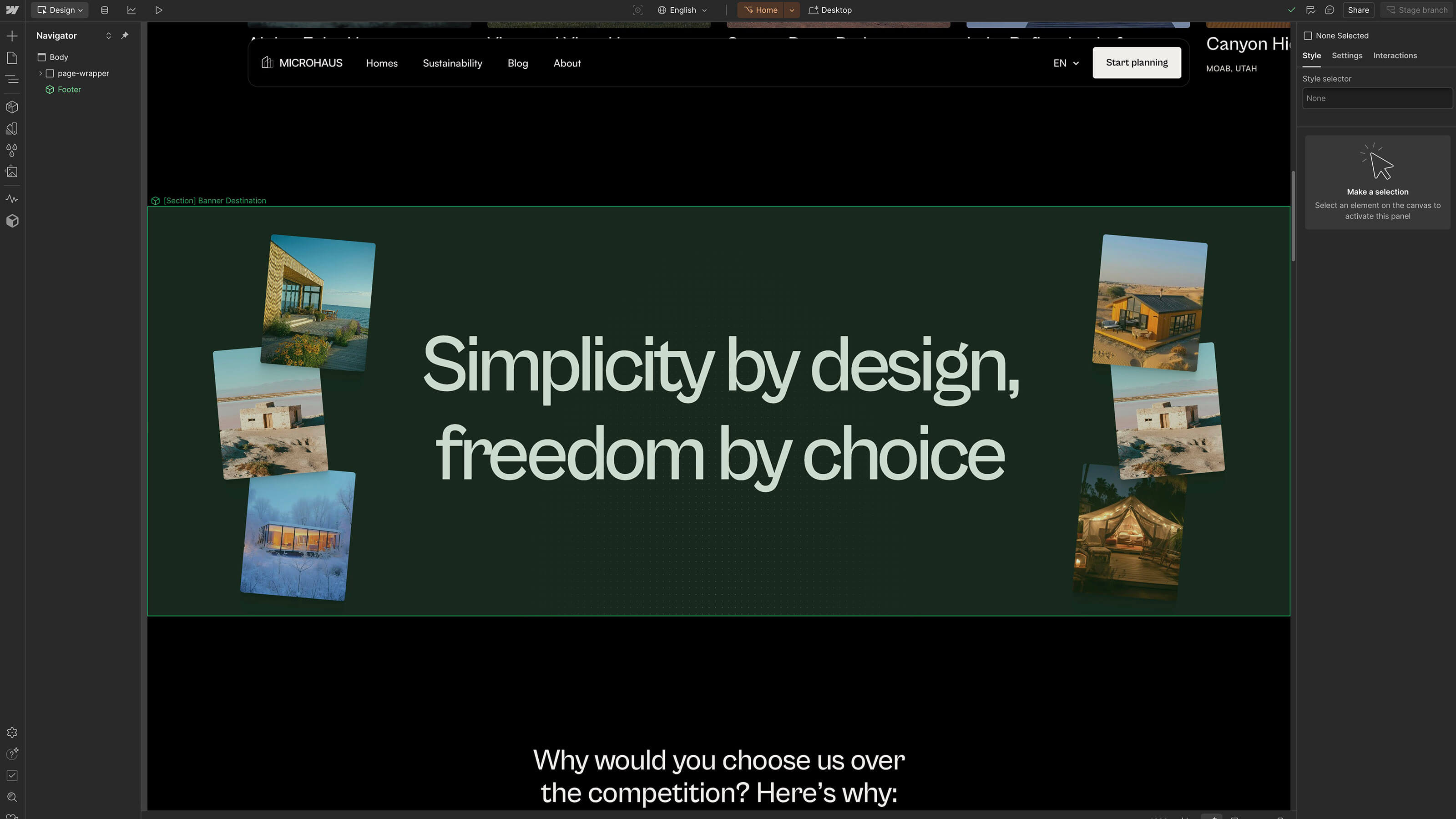
How it compares to WordPress
Some people think Webflow is just a more basic version of WordPress, but that’s not the case. They’re very different tools, built for different needs. WordPress is more open-source, with a huge ecosystem of plugins and themes, but it also requires a fair bit of maintenance. You need to manage hosting, updates, security, and often need a developer on hand to handle the more complex stuff.
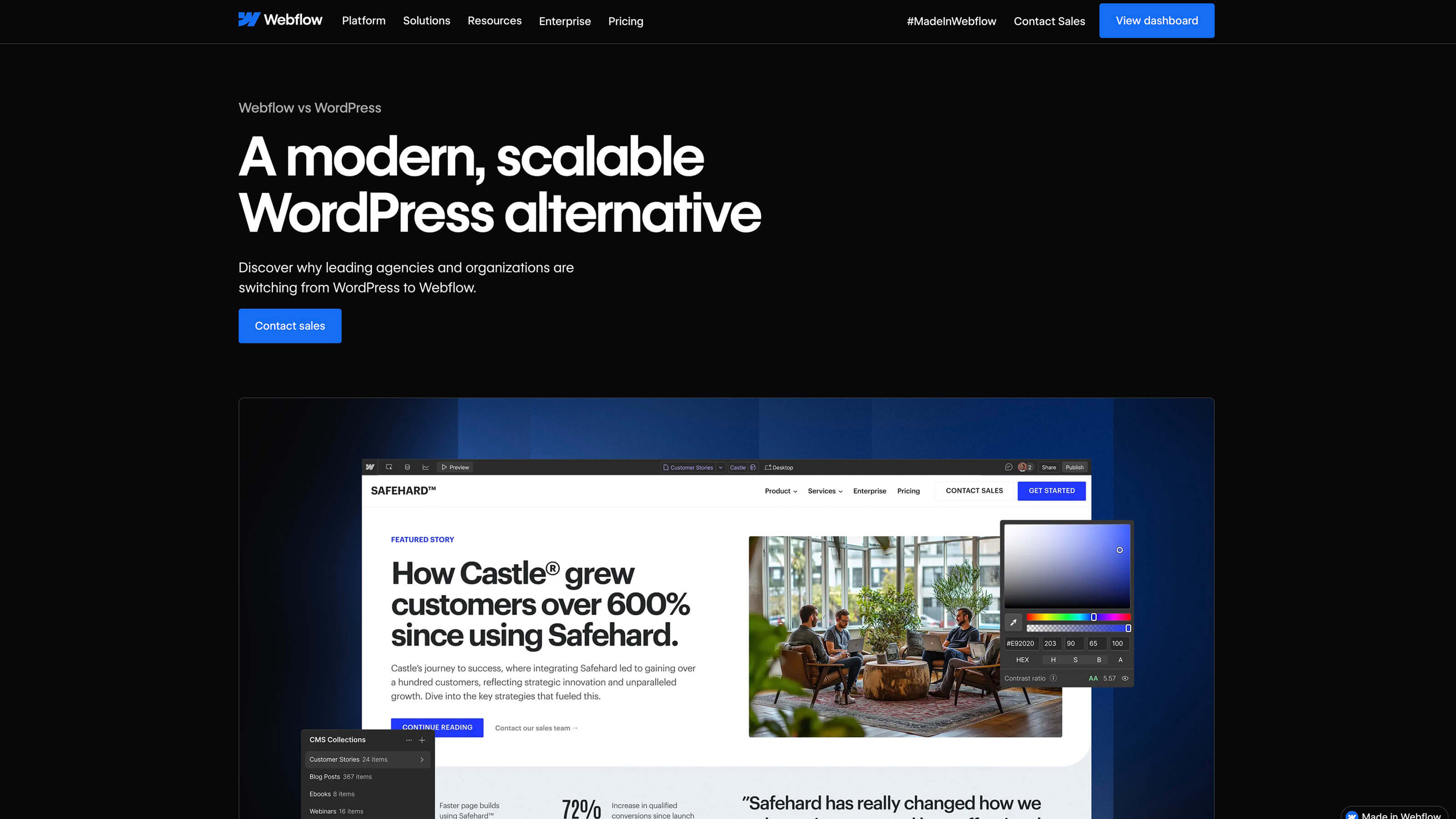
A design-first solution
Webflow flips that model. It gives control back to designers and marketers. You’re working directly in the layout, adjusting every element visually and seeing the results immediately. And once it’s live, marketing team members can make updates independently, without breaking things or calling in a developer. That agility makes a big difference, especially for brands looking for that in-house capability.

Why we use Webflow at Rock
Webflow lets us build custom, beautifully crafted websites for clients who want agility, security and a high level of design expression – without the overhead of a complex dev stack.
We still use other platforms when the job calls for it. But when the brief is for a brochure-style site, a campaign landing page, or a brand-led digital experience that needs to be easy to update and manage – a Webflow solution is becoming our go-to.
We build from a strong system including site styleguide and a component-based approach, which allows us to offer a scalable marketing website to build upon out of the box, with more control for marketing teams.
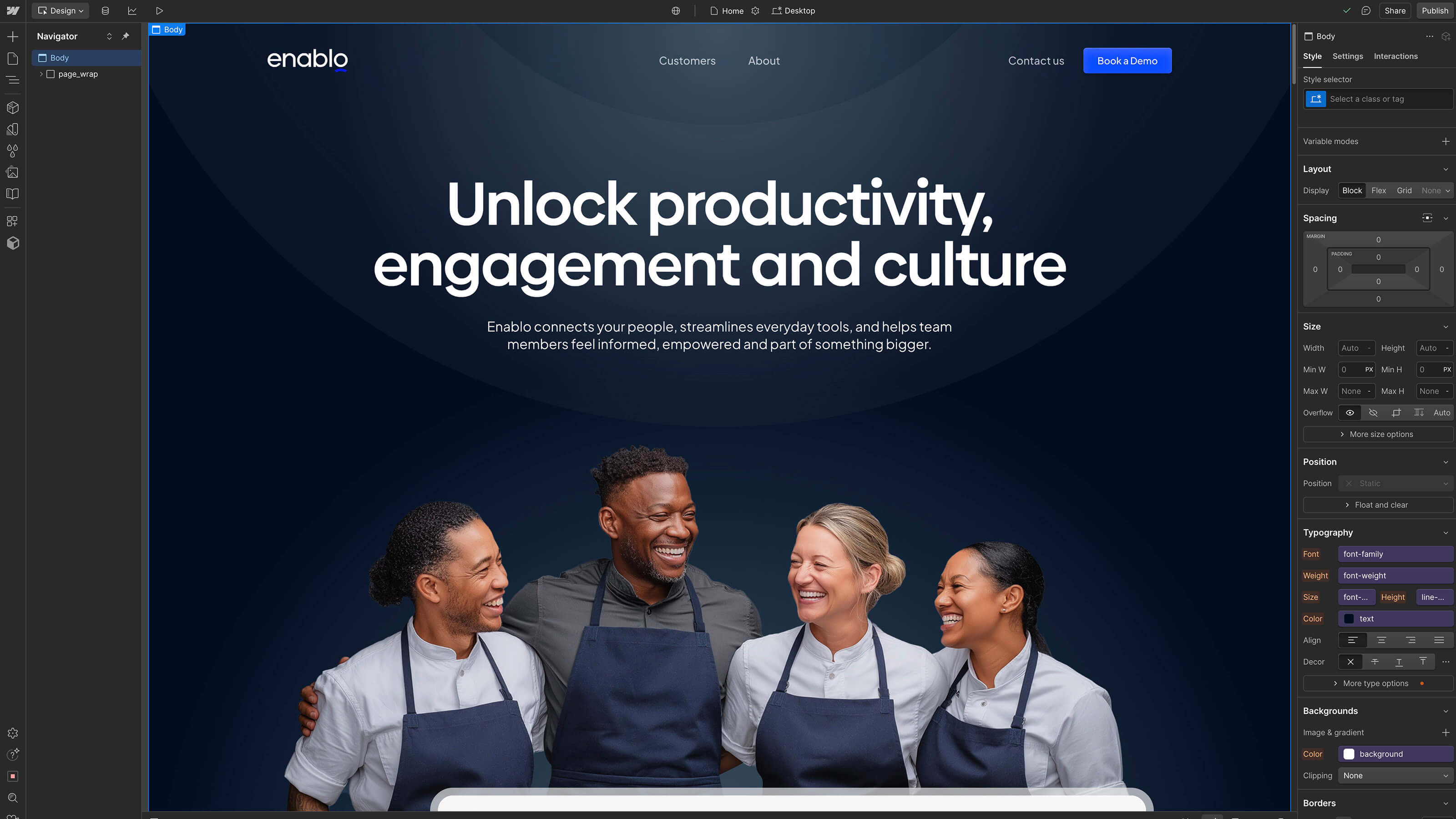 Flexible Design System + Scaleable Component Approach
Flexible Design System + Scaleable Component Approach
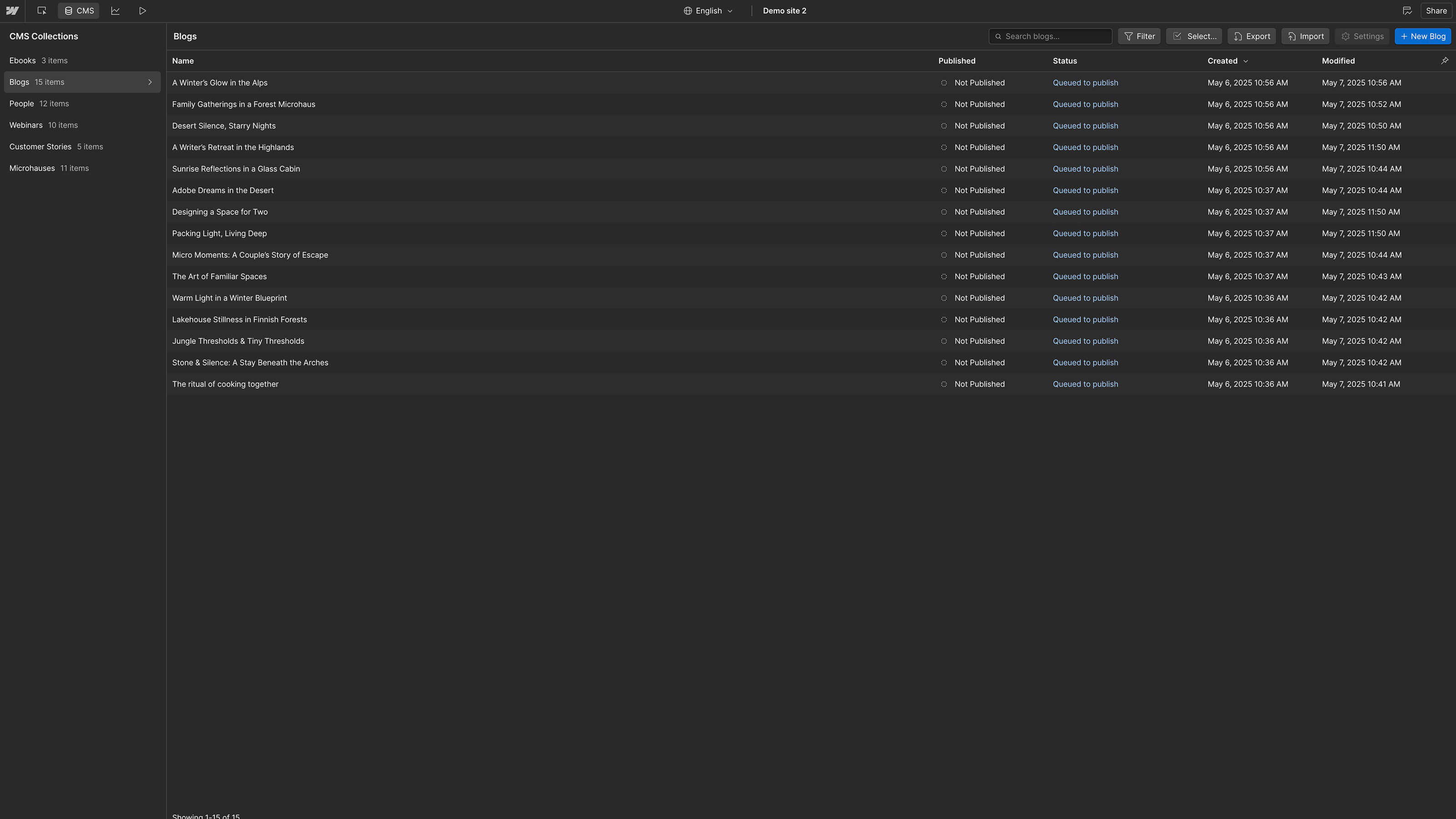 Easy to update CMS
Easy to update CMS
The upside – and a few downsides
There’s a lot to love about Webflow. You can move fast, experiment freely, and create really expressive digital experiences without having to explain your design to a developer. For anyone who’s passionate about branding and wants to bring their creative ideas to life, that’s a huge drawcard.
That said, it’s not perfect. The visual editor can be overwhelming at first, especially if you don’t have any design or development background. It’s not drag-and-drop in the same way something like Squarespace is. You still need a good understanding of layout, hierarchy, and how websites work under the hood.
It also has limits. While integrations and component systems are getting stronger, it’s not as open as WordPress. You’ll sometimes need workarounds to connect complex third-party tools. Large-scale data management or highly custom builds can also push the boundaries of what Webflow handles easily.
However, the gap is closing fast. Every year, new updates bring more flexibility, more integrations, and more control.

When to choose Webflow
If you’re a large organisation with a complex backend, deeply integrated systems, or multiple sites sharing data – Webflow may not be the ideal solution for you. But if you’re a growing business, a marketing-led brand, or an agency that values speed, flexibility and strong design – Webflow is a fantastic choice.
It works especially well when:
- You want to launch fast and iterate often without developer delays
- Your marketing team needs the ability to update content, test ideas, or make landing pages independently
- You care about design and want your brand to come through clearly online
- You don’t want to constantly maintain, patch or rebuild your site
Webflow really shines in the hands of designers and marketers with a clear vision and working with a strong brand.

What to expect if you’re getting started
If you’re new to Webflow, expect a bit of a learning curve. But also expect to feel excited. Once you get the hang of the interface, it opens up a world of possibilities.
You can get started by exploring Webflow University, where there are plenty of great videos that walk you through the basics. Try building a test site. Don’t worry about getting everything perfect, just experiment and play around. You’ll quickly see how flexible and empowering the platform can be.
We help clients create component systems and custom CMS setups in Webflow that make it easier to manage content long-term. We can even set up guardrails, like locking the nav and footer, so teams can update safely without breaking anything important.

Webflow has a lot to offer
From a designer’s perspective, Webflow brings more fun and creativity into website building. You don’t need to be afraid of your site anymore, and you can concentrate on the creative stuff, like telling your brand story, testing new ideas, and updating content quickly. Webflow gives you plenty of scope and power, without bogging you down in the technical stuff. It’s also a dynamic platform that’s only going to get better with time.
In the next article, I’ll take you under the hood and explore Webflow’s technical features: integrations, components, and how we use it to connect CRMs, SaaS platforms and more. If you’re wondering how deep Webflow can go – stay tuned.
